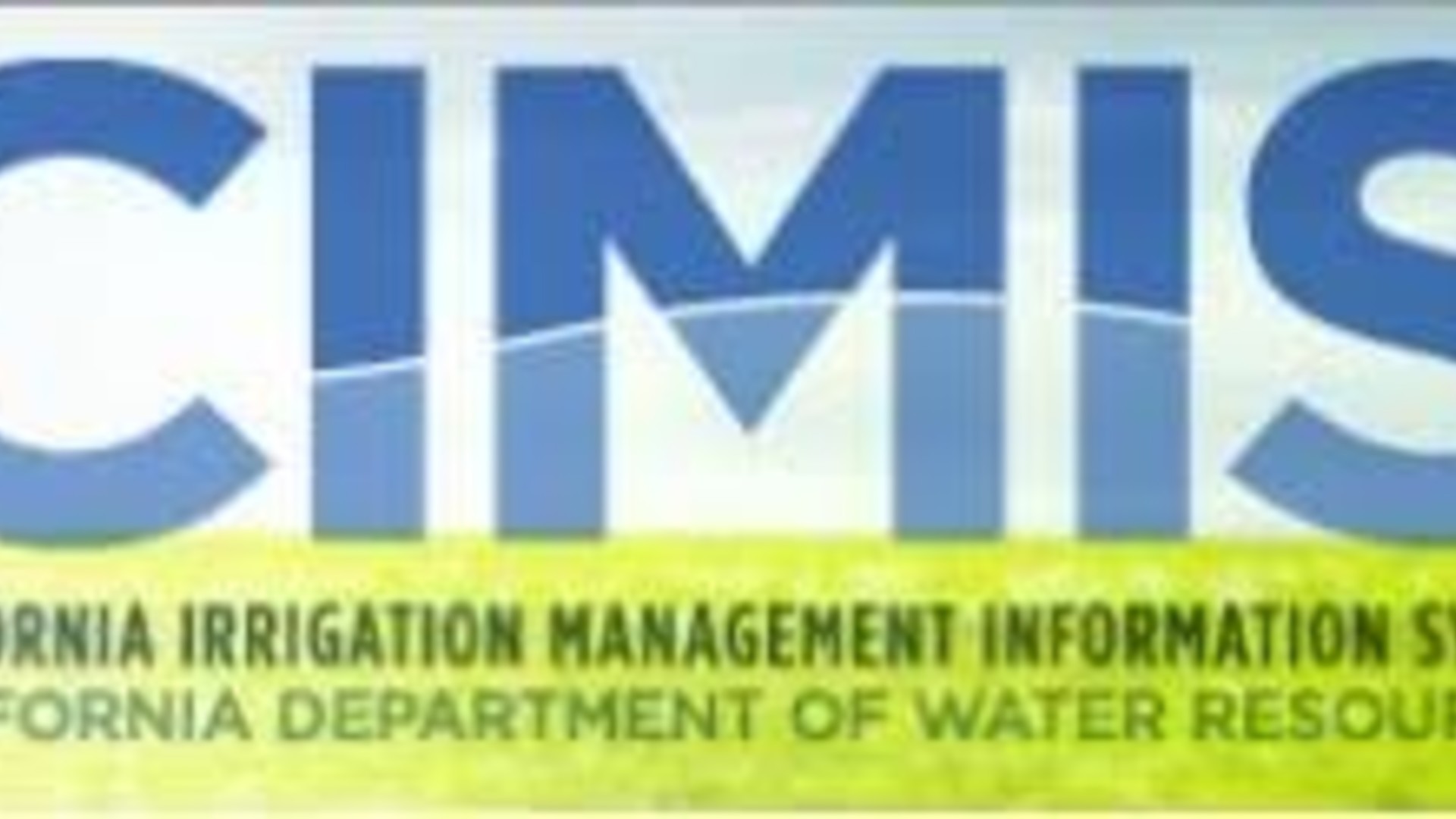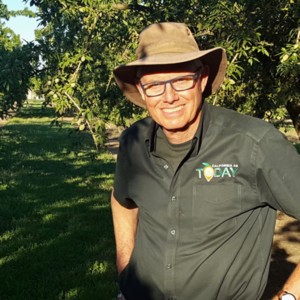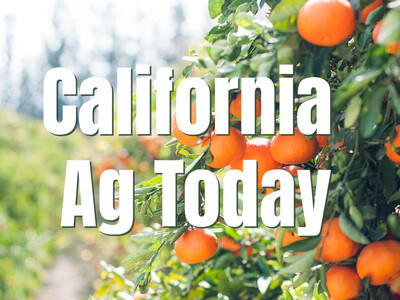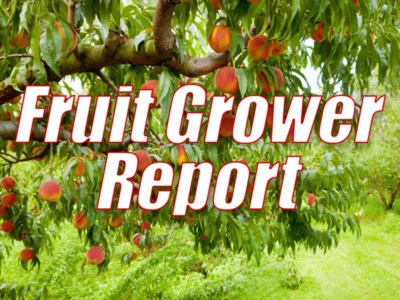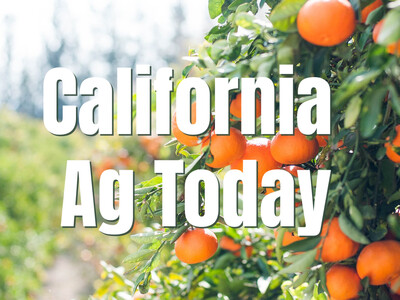Irrigation Strategies using ET
David Doll is a former UC farm advisor in Mercer County. He's now working for the private sector developing an almond operation in Portugal. He still gives advice to growers. We asked them about that calculation for irrigation of tree crops.“Most of us look at baseline evapotranspiration, which is usually a fully irrigated grass or some type of fully grown cover crop and then we multiply that by a crop coefficient which is also known as a KC value and that equals the evapotranspiration of our targeted crop,” noted Doll.
“When we look at ETo calculations, they are provided throughout California through the use of CIMIS, which is California Irrigation Management Information System.
That's kind of these weather stations that are spread throughout the state and they can provide an estimate that's reasonably site-specific for most farm operations in California,” Doll said.
“What's nice is that that same calculation that's being used by CIMIS can also be utilized by weather stations that are outfitted with solar radiation, wind speed, humidity and temperature sensors, within a given field,” said Doll. “And that can get you more site specific values of that baseline of evapotranspiration within your specific field. And then once you have that, that's multiplied by the crop coefficient to give you how much water needs to be applied,” he explained.


